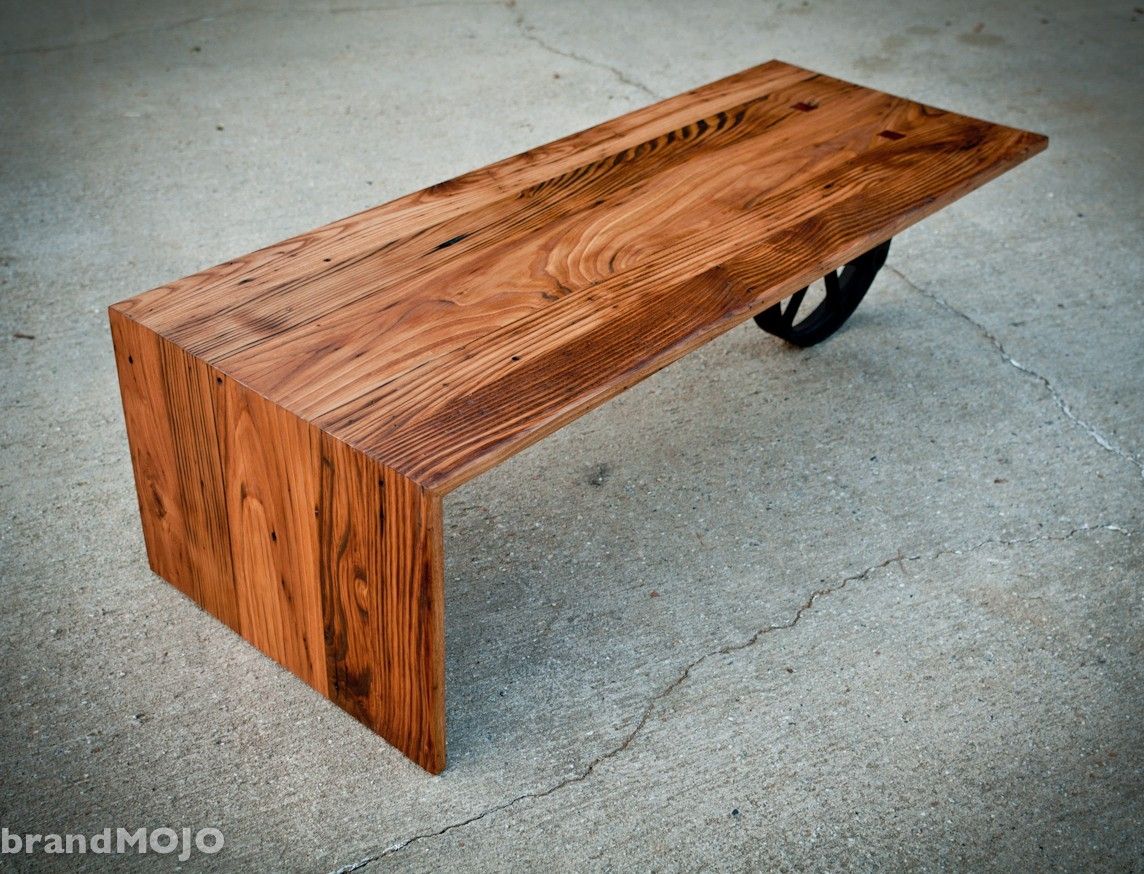

Voila – a fundamental waterfall chart in Tableau! To correct this, right-click the dimension on the Columns Shelf, select “Sort”, and change the Field Name dropdown back to the original measure of interest. Our waterfall chart is upside down because the marks are now being sorted in descending order by their negative sales values, putting the worst performer first. This used to be all you had to do to create a waterfall chart in Tableau but note how our sort order has changed. The easiest way to do this is to double-click the Sales pill that’s on the Size Marks Card, type a negative sign (-) before SUM(), and hit the Enter key. To have each block pick up where the last one left off, we must reverse the values to negatives. The blocks are the correct size, but they begin at the location of each Gantt mark and go up in direction because the sales values are positive. Next, change the mark type from Automatic (Bar) to Gantt Bar and place the measure of interest (Sales, in my case) onto the Size Marks Card. Next, add a Running Total table calculation to the Sales measure by right-clicking the measure on the Rows Shelf, hovering over “Quick Table Calculation”, and selecting “Running Total”.Īn Introduction to Tableau Table Calculations

At this step, I recommend sorting your bars in descending order which will allow you to compare not only the size of each mark, but their rank order from left to right. By default, this will create a bar chart. To get started, place your measure of interest onto the Rows Shelf and your dimension of interest onto the Columns Shelf. The user will have the ability to select a dimension member, highlight the selection, and show the percentage contribution on a custom stacked bar chart. This post will show you the latest way to make a waterfall chart in Tableau and several formatting tricks for making your waterfall charts as well-designed and effective as possible.īy the end of this post, you will be able to recreate this sales by ship mode waterfall chart from Tableau’s Sample – Superstore dataset.
WATERFALL TABLE HOW TO
I’ve shown you how to make a waterfall chart in Practical Tableau and how to take them a step further with dual-axis waterfall charts in Innovative Tableau, but an update to how Tableau handles sorting has made these slightly trickier to create. Waterfall charts visualize the individual categorical or time period contributions to a running total and are one of my favorite choices for analyzing a part-to-whole relationship.


 0 kommentar(er)
0 kommentar(er)
